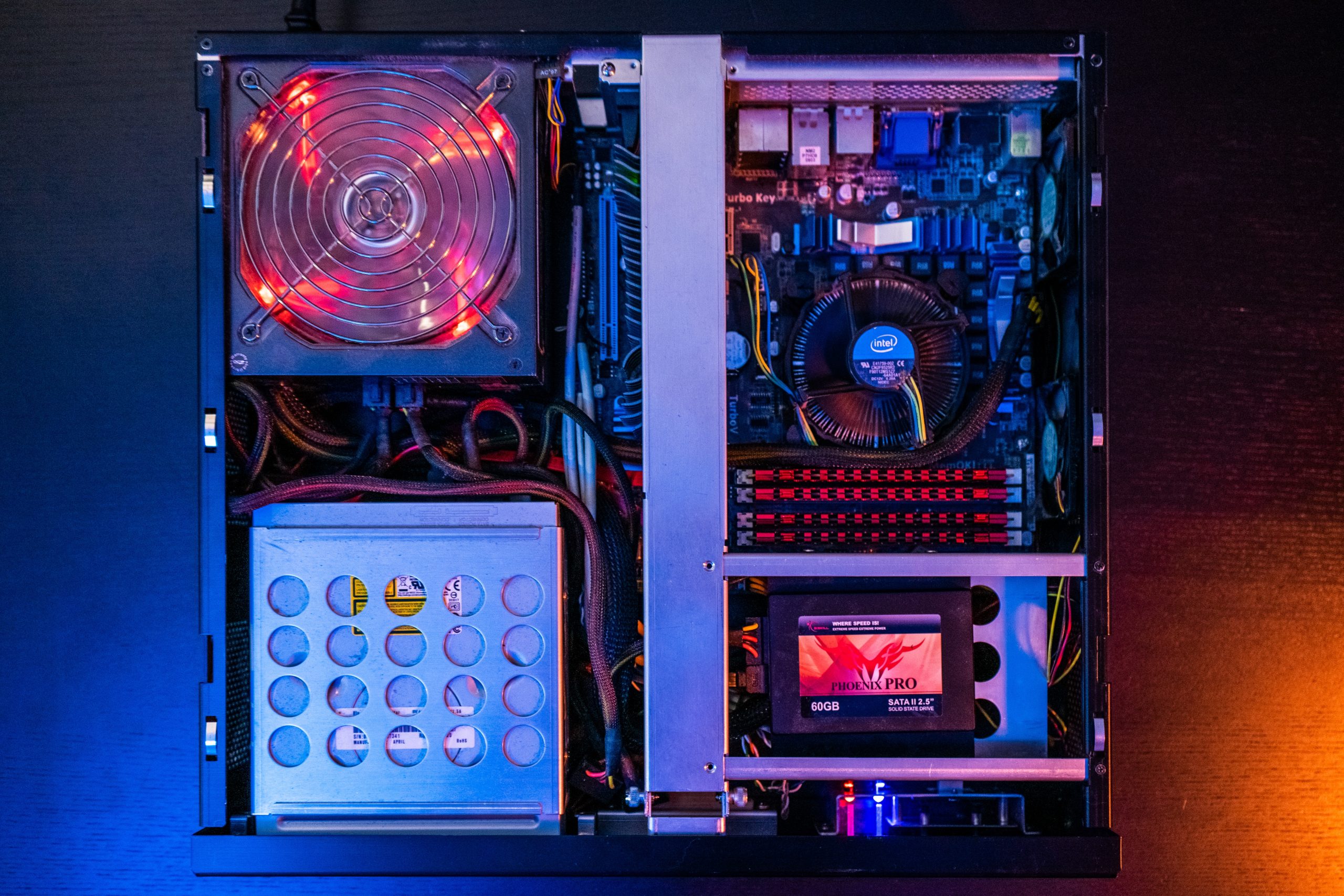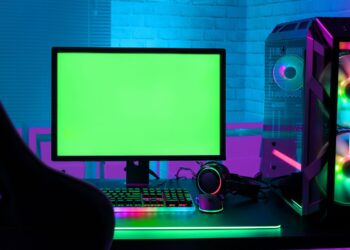Destiny 2’s first public beta brought a lot of excitement, but the game was plagued with bugs. Players are eager for an update on when it will be fixed and Bungie has yet to announce what they’re doing about how long this issue is going to last.
Destiny 2 has been a highly anticipated game, but it is currently experiencing some lag issues. The “why is destiny 2 lagging so bad 2020” article breaks down the causes of these problems and how to fix them.
What is the cause of my Destiny 2 lag?
Lag spikes in Destiny 2 are often caused by network performance concerns. While you may be unable to optimize the game servers, you are not completely without options for resolving Destiny 2 latency.
How can I make my console’s input latency shorter?
Ways to Reduce Console Input Lag You may also decrease input latency by lowering the game’s resolution and other performance settings. You can dramatically minimize input latency if you have a display with Game Mode. Run games in this mode to avoid unnecessary picture processing on your display device.
What can I do about choppy FPS?
Make changes to your graphics settings If your video card’s refresh rate is much higher than your monitor’s, you should consider updating your display so that it can match your video card’s frame rate. If not, go to your graphics card settings and enable VSYNC (also known as Fast Sync, Enhanced Sync, or Adaptive Sync).
What can you do if your FPS is choppy?
Alter Other Windows Preferences
- In Windows 10, go to the settings and disable the gaming option.
- The issue may occasionally be resolved by reinstalling the games.
- Examine your game’s options.
- Full Screen Optimization may be disabled.
- Turn off the Diagtrack service.
- While gaming, turn off your antivirus.
- SFC (System File Checker) should be run on your PC.
What exactly is VSync?
VSync, which stands for vertical sync, is a graphics technique that synchronizes the frame rate of a game with the refresh rate of a display. For graphics-intensive 3D games, this synchronization ensures smooth, continuous gaming.
Is it preferable to have VSync on or off?
Because there’s no tearing or over-processing to repair, VSync’s main impact will be to slow down your frame rate and cause input latency. It’s advisable to leave it off in this scenario. VSync, when utilized appropriately, may help smooth out problems and protect your graphics processor from overheating.
Why is VSync such a horrible idea?
However, if you need Vsync, keep in mind the disadvantages. If the GPU can’t keep up with the higher limit, it will cap the framerate at half of the display’s refresh rate. The latter half number, on the other hand, may cause visual “lag” that may impede gaming.
Is VSync compatible with 144hz?
Even if you’re playing at 90 frames per second, you should avoid utilizing vsync. When you have a 144 Hz monitor, screen tearing or anything else isn’t really an issue, therefore you don’t have to worry about it. So, turn off Vsync and tweak your graphics settings to get the best framerate possible…
Will VSync help you get more frames per second?
It does not raise the frame rate, but it does help the game run more smoothly. However, if your FPS is greater than your monitor’s refresh rate, VSync will limit it.
Is there a limit to the number of frames per second (FPS) while using VSync
If your refresh rate is 60Hz, for example, VSync will limit your framerate to 60 frames per second. Enabling VSync won’t help much if your graphics card can’t keep up with the refresh rate of your monitor. You may be able to set your GPU to a lower frame rate, such as 30 FPS, to match your display.
Does VSync have an impact on aim?
V-Sync increases input latency and reduces frame rate, thus turning it off should give you the best results for your goal. However, V-Sync does influence your input latency, giving you a distinct sense for your aim.
Is Vsync beneficial to Valorant?
Vertical Sync introduces input latency and limits the number of frames you may see. If you have screen tearing in Valorant, you should only utilize this option. Anti-Aliasing is a technique for removing blemishes from corners and edges.
Is Vsync suitable for low-end computers?
Given your low spec PC, I recommend turning off Vsync for pretty much every game. Only if you’re playing certain outdated games where your graphics card shines will you be able to switch it on. Vsync is essentially a luxury, and you’ll become used to turning it off.
Is it preferable to turn on or off motion blur?
Don’t turn them off, however if your frame rates are suffering, low or medium is the way to go. Motion blur has been employed to fantastic advantage in the past, such as in racing games, but for the most part, it’s a setting that sacrifices performance for something that most people despise.
What is it about motion blur that people despise?
Visual noise is often employed to mask framerates. It simply looks messy and unprofessional. It’s awful and unpleasant to have the camera as the point of reference for motion blur.
Is it true that turning motion blur improves FPS?
Motion blur may seem to be smooth and sleek, but it really limits your eyesight. It may increase FPS by a little amount, but it’s not worth it since it makes foes difficult to spot.
Why is there motion blur on my television?
To eliminate motion blur, TV makers utilize a variety of techniques, such as repeating frames or injecting black frames into the visual feed. Because movies and a lot of prime-time TV programmes are filmed at a relatively slow 24 frames per second, or 24Hz, they have this look.
Why does a 4K TV image seem to be fake?
Because most video sources, including broadcast and streaming, don’t stream at this frame rate, motion smoothing was invented to “fake” a higher frame rate by injecting pictures in between the real 30 or 60 frames per second that your cable box, gaming console, or antenna sends out.
Why does 4K TV seem to be fake?
Have you ever seen the strange appearance known as the Soap Opera Effect on most 4K TVs? Frame interpolation was intended to address a perceived issue with motion blurring on high-resolution 4K screens. Movies are shot at 24 frames per second (FPS), whereas TV shows are shot at 30 frames per second (FPS).
Why does the image on my Smart TV seem to be fake?
Many current TVs have the soap opera effect as a feature. Motion estimation/motion compensation is known as “motion smoothing,” “motion interpolation,” or “ME/MC.” Some individuals are unconcerned about it, others are unconcerned about it, and a few even like it. It seems to be ultrasmooth, hyperreal motion.
Why do TVs seem to be more appealing in stores?
A “shop” and a “home” option may be found on most consumer TVs. The shop setting simply adjusts the brightness, contrast, and color saturation of the TV. In a smaller setting, it wouldn’t even come close to seeming natural. In the shop, all televisions seem to be superior.
What is the significance of 120Hz?
If motion-smoothing settings are enabled on your 120Hz or 240Hz set, it adds false frames to source material. Because of the increased refresh rate, the panel can display many more new pictures per second, even if they aren’t part of the original content, making everything seem smoother.
Is there a difference between Ultra HD and 4K?
Ultra High Definition, or UHD for short, is the next step up from full HD, the official designation for the 1,920 by 1,080 display resolution. It’s not the same as the 4K resolution mentioned above, but almost every 4K TV or monitor on the market is truly UHD.
Should I get a 4K or Full HD television?
These are phrases used to describe the screen resolution of a television. HD ready resolution is 1,366 x 768 pixels, full HD resolution is 1,920 x 1,080 pixels, and 4K resolution is 3,840 x 2,160 pixels. The greater the visual quality, the higher the resolution. If you have the funds, we suggest purchasing a 4K television.
















